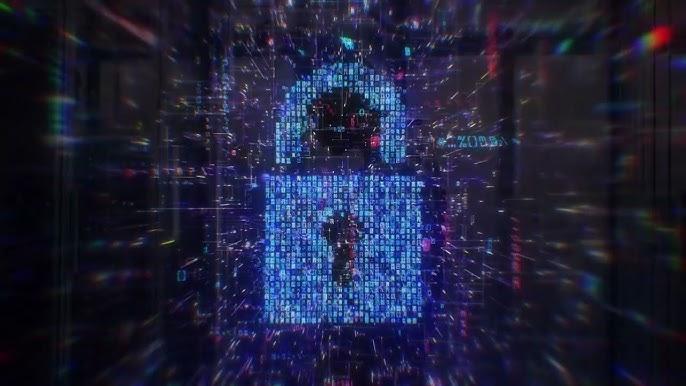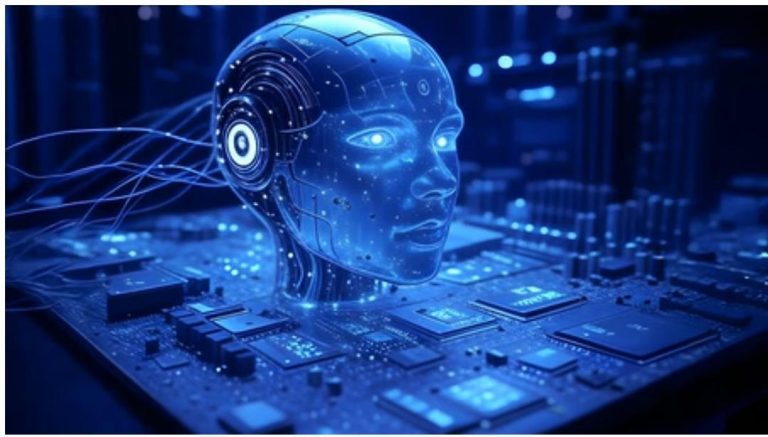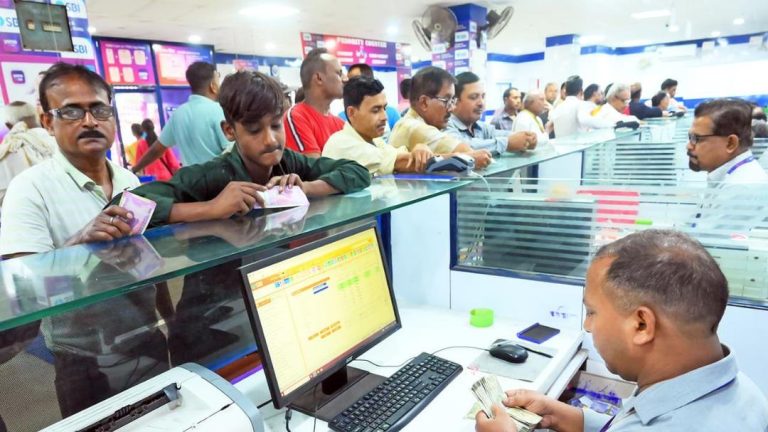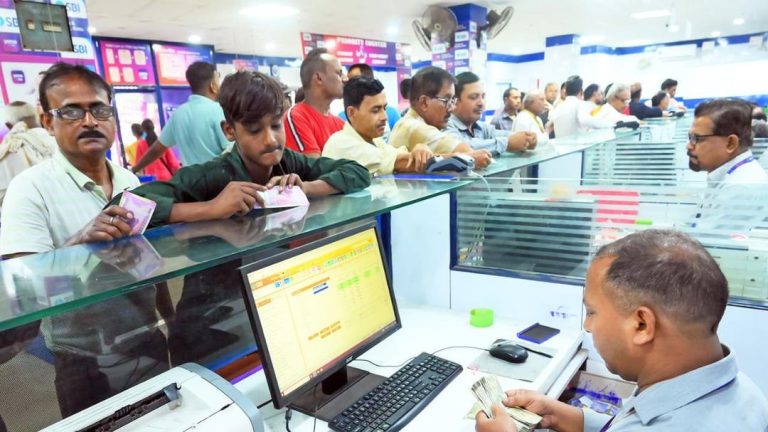
Electronic Voting System That Even Quantum-Powered Spies Won’t Be Able to Crack Developed
In an era where cybersecurity threats are becoming increasingly sophisticated, scientists at the Norwegian Institute of Science and Technology (NTNU) have made a groundbreaking breakthrough in developing an electronic voting system that is virtually unhackable, even by quantum computers. This revolutionary system ensures that votes are mixed to prevent tracing them to individuals, ensures only eligible voters participate, safeguards anonymity, and guarantees that votes can be counted and checked with accuracy.
The development of this system is a significant milestone in the quest for secure and transparent voting processes. With the increasing threat of cyber-attacks, especially those carried out by quantum computers, which are being developed to break even the most advanced encryption methods, the need for a secure voting system has never been more pressing.
In recent years, we have seen a surge in cyber-attacks on critical infrastructure, including elections. The vulnerability of electronic voting systems has been exploited by malicious actors, leading to concerns over the integrity of the democratic process. The development of this new system marks a significant step forward in addressing these concerns and ensuring the security of elections.
So, how does this system work? The NTNU scientists have developed a system that mixes votes in a way that makes it impossible to trace them back to individual voters. This is achieved through a process called homomorphic encryption, which allows votes to be counted and checked without having to decrypt them first. This means that even if a malicious actor were to gain access to the voting system, they would not be able to identify individual votes or manipulate the outcome.
Another key feature of the system is its ability to ensure that only eligible voters participate. This is achieved through a verification process that checks the identity and eligibility of voters before allowing them to cast their ballot. This ensures that the integrity of the voting process is maintained and that only authorized individuals are able to participate.
The system also safeguards anonymity, ensuring that voters remain anonymous throughout the voting process. This is achieved through the use of cryptographic techniques that prevent votes from being linked to individual voters.
But how does it fare against quantum computers? The NTNU scientists have developed a system that is specifically designed to be resistant to quantum computing attacks. Quantum computers are capable of performing certain calculations much faster than classical computers, which could potentially be used to break encryption methods. However, the NTNU system uses a combination of homomorphic encryption and other cryptographic techniques to ensure that it remains secure even against quantum computers.
The impact of this development is significant. It means that voters can have confidence in the security of the voting system, knowing that their votes are protected from hacking and manipulation. It also means that election officials can have confidence in the integrity of the voting process, knowing that the outcome is accurate and reliable.
But will this system be allowed? That remains to be seen. While the system has been developed, it still needs to be implemented and tested in real-world elections. There are also concerns about the cost and feasibility of implementing such a system, especially in countries with limited resources.
In an interview with Norwegian Science and Technology News, Professor Tor Helleseth, one of the developers of the system, said, “We believe that our system can make a significant contribution to the security of elections, but it will require a coordinated effort from governments, election officials, and citizens to implement and test it.”
The development of this system is a significant step forward in the quest for secure and transparent voting processes. It demonstrates the ability of scientists and researchers to develop innovative solutions to complex problems, and it highlights the importance of investing in cybersecurity research and development.
As the world continues to grapple with the challenges of cybersecurity, the development of this system serves as a reminder of the importance of prioritizing the security of critical infrastructure, including elections. With this system, voters can have confidence in the integrity of the voting process, and election officials can have confidence in the accuracy of the outcome.






